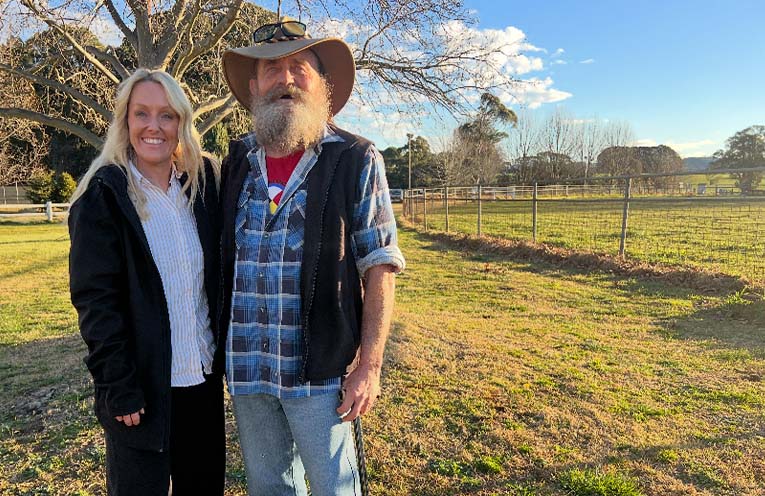THE Clarence Catchment Alliance (CCA) is building on the momentum and community support following its four-day Clarence Catchment–EDO Regional Roadshow, to present its case against mineral mining to the NSW Parliament.
On Tuesday 5 August, representatives flew to Sydney to present a comprehensive body of work built over six years.
The delegation was hosted by Member for Lismore and Parliamentary Secretary for Disaster Recovery Janelle Saffin and Member for Clarence Richie Williamson.
CCA has compiled evidence that includes legal analysis, environmental science information, flood and bushfire risk data and hydrological mapping.
First Nations cultural impacts, state and federally listed endangered species records, regional water flow visuals, ecological maps, industry and export data, peer reviewed survey results and economic impact assessments are also part of the brief. Hundreds of signed pledges of protection and stakeholder submissions, supporting the more than 10,000 signatures presented to the Government in 2021, rounded out the CCA’s case.
The delegation had confirmed meetings with Minister for Planning and Public Spaces Paul Scully, Minister for Natural Resources Courtney Houssos, Minister for Environment and Heritage Penny Sharpe, and Minister for Water Rose Jackson.
Their claim includes that there is no social licence for mineral mining in the Clarence Catchment; that the region’s high rainfall, steep terrain and frequent flooding pose unacceptable contamination risks; and the catchment supports culturally significant First Nations Country, endangered species habitats, and a thriving economy based on water that includes fishing, farming, food production and tourism.
The Clarence River system is a drinking water catchment for over 100,000 people, which the CCA says must be protected.
The group is calling for the catchment to be added to Schedule 1 of the NSW Mining SEPP, prohibiting mineral mining and exploration.
“Our message is clear: mineral mining has no place in flood-prone, culturally, ecologically and economically rich areas, and drinking water catchments like the Clarence,” said CCA Coordinator Shae Fleming.
We’re bringing the voices of thousands of residents, landholders, First Nations custodians, and local industries who rely on clean water and healthy ecosystems.
This is about protecting rivers, water, livelihoods, health, food, culture, and future generations.
“We thank everyone who’s stood with us. Your care for the catchment gives us all strength.”
By Andrew VIVIAN




